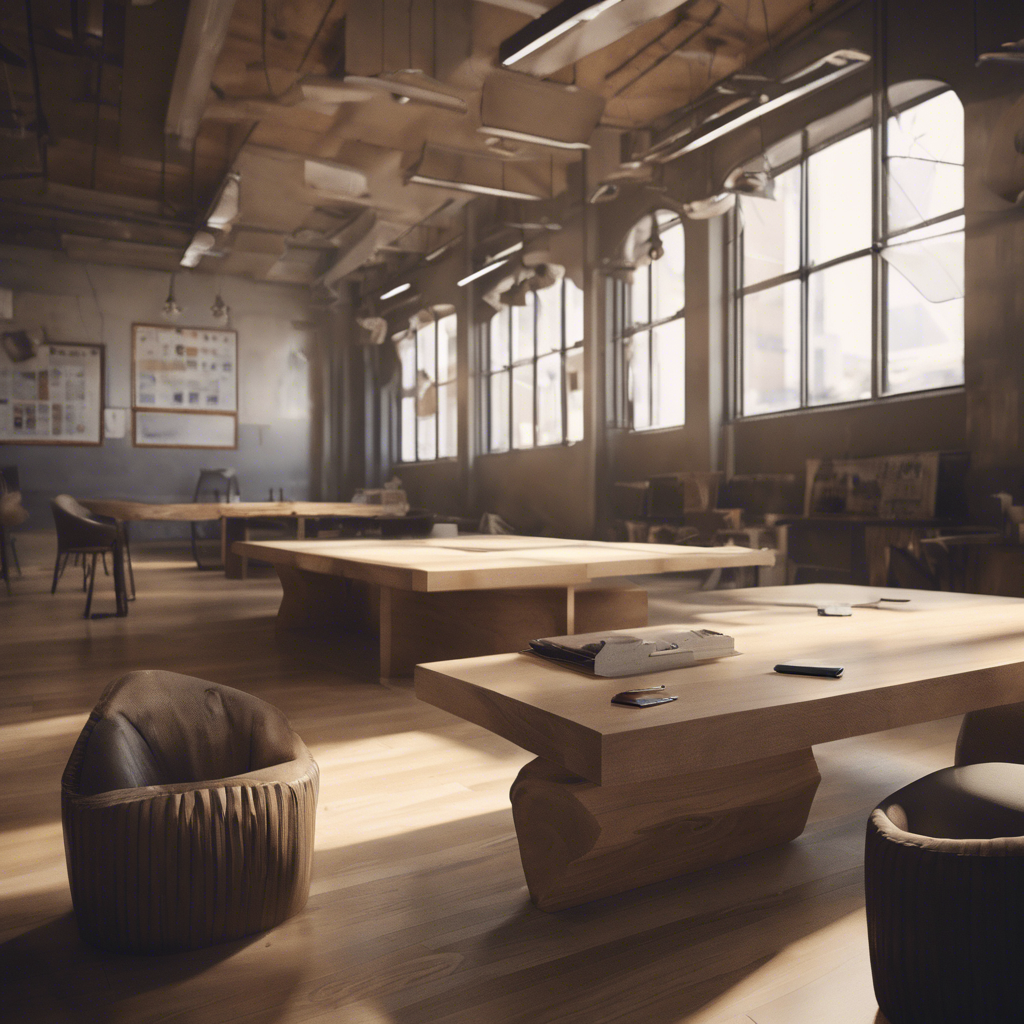The Ultimate Guide to MDF vs Plywood: Making the Right Choice
- VINAWOOD GROUP
- Jul 5, 2024
- 3 min read
When it comes to woodworking projects or furniture making, one of the most critical decisions you'll have to make is choosing between MDF (Medium Density Fiberboard) and plywood. Both materials have their unique characteristics and applications, but understanding the differences between them is key to ensuring the success of your project. In this listicle, we will delve into the nuances of MDF vs Plywood to help you make an informed decision.
> Read more: plywood sizes, 3/4 plywood, 4x8 plywood, 1/2 plywood, 5/8 plywood, 1/4 plywood
1. Composition and Structure
MDF : MDF is made from recycled wood fibers and resin, compressed under high pressure to create a dense and uniform board.
Plywood : Plywood, on the other hand, is built from thin layers of wood veneer, known as plies, that are glued together with the grains running perpendicular to each other. This construction provides plywood with strength and dimensional stability.
> Read more: laminate flooring, hardwood flooring, baltic birch plywood, maple plywood, ACX plywood, BBOES plywood
2. Strength and Durability
MDF : MDF is a dense and stable material, making it an excellent choice for projects that require a smooth finish. However, it is prone to moisture damage and can sag under heavy weight.
Plywood : Plywood is inherently stronger than MDF and offers better resistance to moisture and warping. It is ideal for structural applications and projects that need to withstand heavy loads.
> Get more details:
3. Versatility and Applications
MDF : Due to its smooth surface and uniform composition, MDF is favored for projects that involve painting or laminating, such as cabinet doors, furniture, and decorative molding.
Plywood : Plywood's strength and durability make it suitable for a wide range of applications, including subfloors, sheathing, roofing, and furniture that requires structural integrity.
> Discover more: furniture grade plywood, plywood underlayment, shuttering plywood, concrete forming plywood
4. Cost and Accessibility
MDF : MDF is generally more affordable than plywood, making it a budget-friendly option for projects where cost is a concern.
Plywood : Plywood tends to be costlier than MDF, but its durability and versatility justify the higher price tag for projects that demand superior strength.
> Learn more: types of wood, Types Of Plywood, marine plywood, birch plywood, MDO plywood, hdo plywood
5. Environmental Impact
MDF : While MDF is made from recycled materials, it contains formaldehyde-based resins that can emit harmful gases. It is essential to consider the environmental implications of using MDF in your projects.
Plywood : Plywood, especially if sourced from sustainable forests, is considered a more eco-friendly option due to its biodegradable nature and minimal use of synthetic resins.
> Explore further: MDF vs Plywood, Particle Board vs Plywood, OSB and Plywood, plywood ceiling
Making an Informed Choice
Now that you have a better understanding of the differences between MDF and plywood, you can make an informed decision based on your project requirements. Whether you prioritize cost-effectiveness, durability, or environmental sustainability, both materials offer distinct advantages that cater to various needs.
Remember :
Choose MDF for projects that require a smooth finish and intricate designs.
Opt for plywood for structural applications and projects that need strength and stability.
By selecting the right material for your woodworking endeavors, you can ensure the quality and longevity of your creations while staying true to your project goals.

Next time you embark on a woodworking project, consider the pros and cons of MDF and plywood to make the right choice. Let your creativity flourish while ensuring the structural integrity and longevity of your creations!
In conclusion, the debate between MDF vs plywood is not just a matter of personal preference but a crucial decision that impacts the outcome of your woodworking projects. Understanding the unique characteristics and applications of each material empowers you to choose wisely and create masterful pieces that stand the test of time.
> Learn more:



Comments